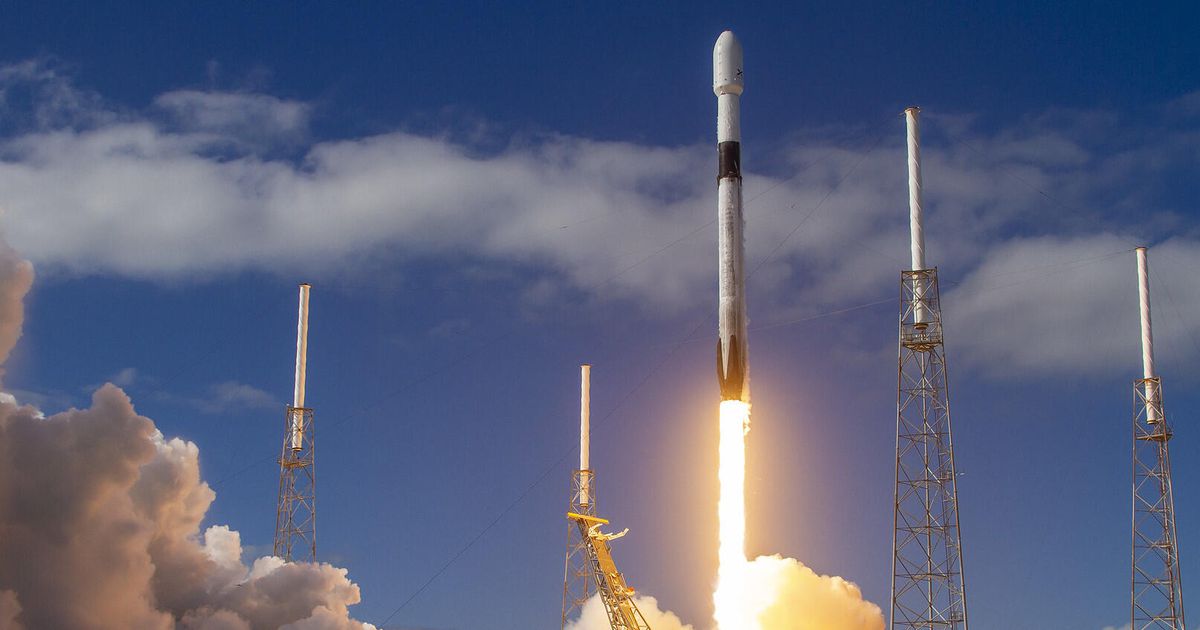Researchers claim that recently analyzed data from a Chinese investigator on Mars supports the body of evidence showing the planet originally had a massive ocean.
Zhurong is the name of the rover, or exploring vehicle. In 2021, it made its surface landing on Mars. Utopia Planitia is the region where the rover has been functioning. The American space organization NASA says that this region is a sizable plain in the northern hemisphere of Mars.
The scientists integrated information from Zhurong’s equipment with observations from spacecraft and satellites circling Mars. Geological elements that suggested an ancient ocean coastline were found in Utopia Planitia, according to the team’s studies.
Several characteristics, according to the experts, suggested that there was a sizable ocean on Mars billions of years ago. The troughs and channels found on the surface could have been created by water flowing across Mars.
Mud volcanoes, which most likely erupted in regions where there had been water or ice, may have produced them, according to earlier studies that looked at data on comparable surface features.
According to the researchers, the data indicates that both shallow and deep ocean conditions were probably present in the region. The results of a recent study were published in the journal Scientific Reports.
The study was primarily written by Bo Wu. At Hong Kong Polytechnic University, he works as a planetary scientist. According to Wu, “We estimate the flooding of the Utopia Planitia on Mars was approximately 3.68 billion years ago. The ocean surface was likely frozen in a geologically short period.”
On Mars, the hunt for water is closely related to the hunt for potential life. The planet might have once hosted microbial life if there is evidence of a former ocean.
Previous research indicates that Mars formerly had a sizable northern ocean. In 2022, one such study was published. Satellite photos of the Martian surface served as the basis for that study. Detailed maps of the planet’s northern hemisphere were created by combining the pictures. Analyzing the maps revealed indications of coastlines that were previously part of a vast ocean.
Evidence from a different study that was published in August suggested that Mars might have a sizable ocean located far below the surface. NASA’s InSight Lander served as the basis for that proof.
In May 2021, the Zhurong rover from China started gathering data. It ceased operations almost a year later, with mission planners stating that dust and sand probably had an impact on the power system. The rover nevertheless outlived its three-month mission.
According to the researchers, the data indicates that the ocean appears to have vanished approximately 3.42 billion years ago.
According to research co-writer Sergey Krasilnikov, the water that most likely filled the Martian ocean was “heavily silted.” At Hong Kong Polytechnic University, he works as a planetary scientist. Water-borne silt is a mixture of clay and sand that eventually settles on land.
Krasilnikov went on to say that the planet “…probably had a thick, warm atmosphere” when the Martian ocean would have been active.” “Microbial life was much more likely at that time,” he stated.
The latest discoveries do “provide further evidence to support the theory of a Martian ocean,” according to Wu of Hong Kong Polytechnic.
The study does “not claim that our findings definitively prove” that there was an ocean on Mars, he told the French news agency AFP. According to him, such evidence would probably necessitate a further trip to return items from Mars to Earth for additional analysis.

 Business4 weeks ago
Business4 weeks ago
 Health3 weeks ago
Health3 weeks ago
 Technology3 weeks ago
Technology3 weeks ago
 Sports3 weeks ago
Sports3 weeks ago
 Science3 weeks ago
Science3 weeks ago
 Business2 weeks ago
Business2 weeks ago
 Science1 week ago
Science1 week ago
 Science1 week ago
Science1 week ago













